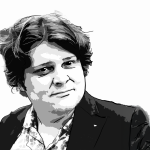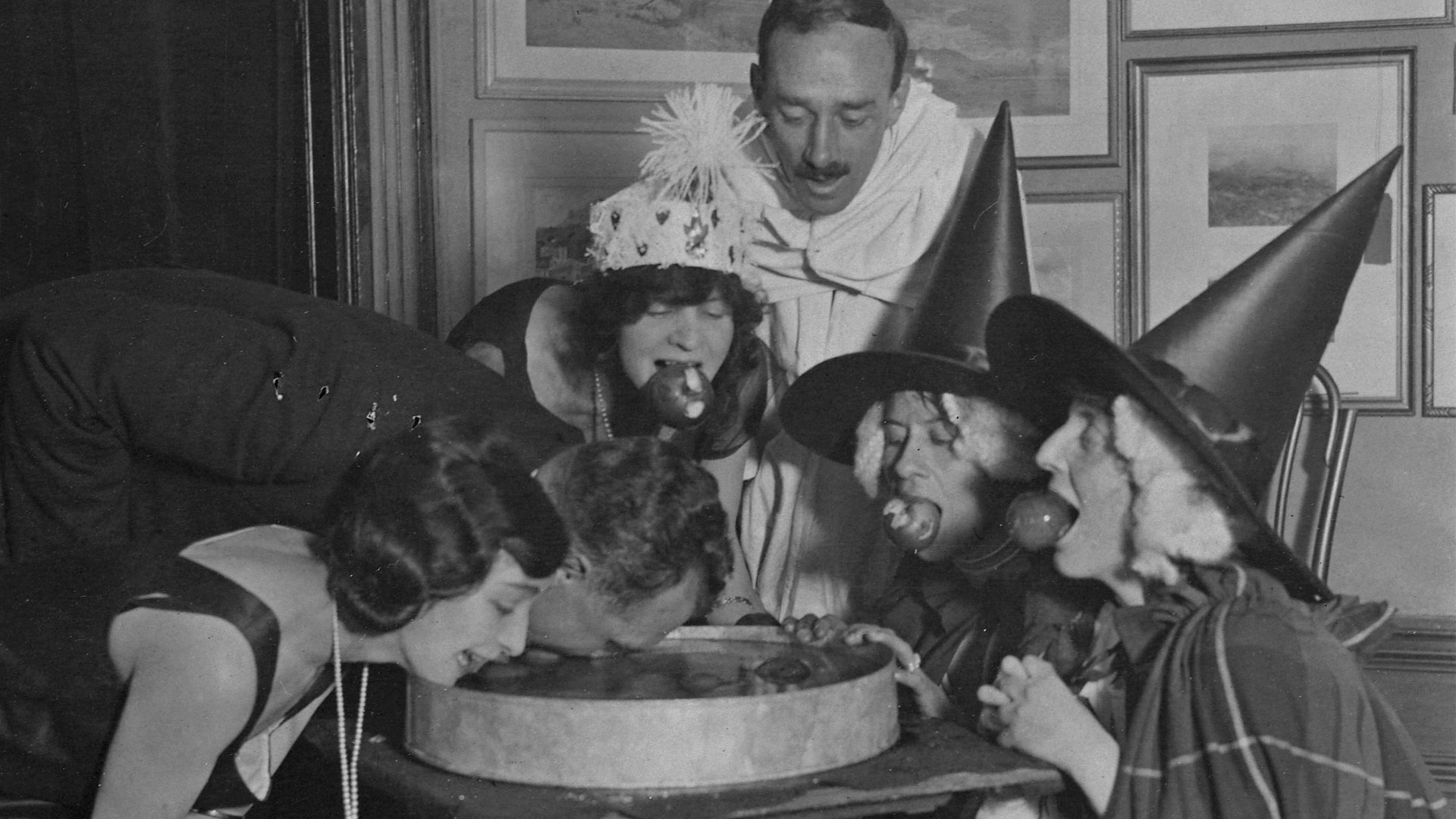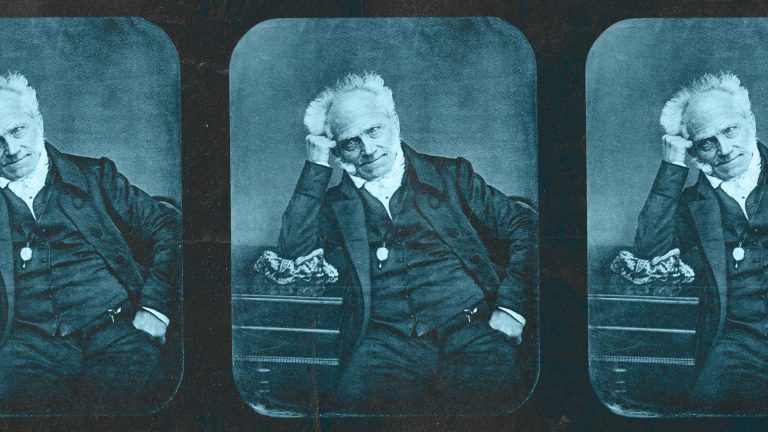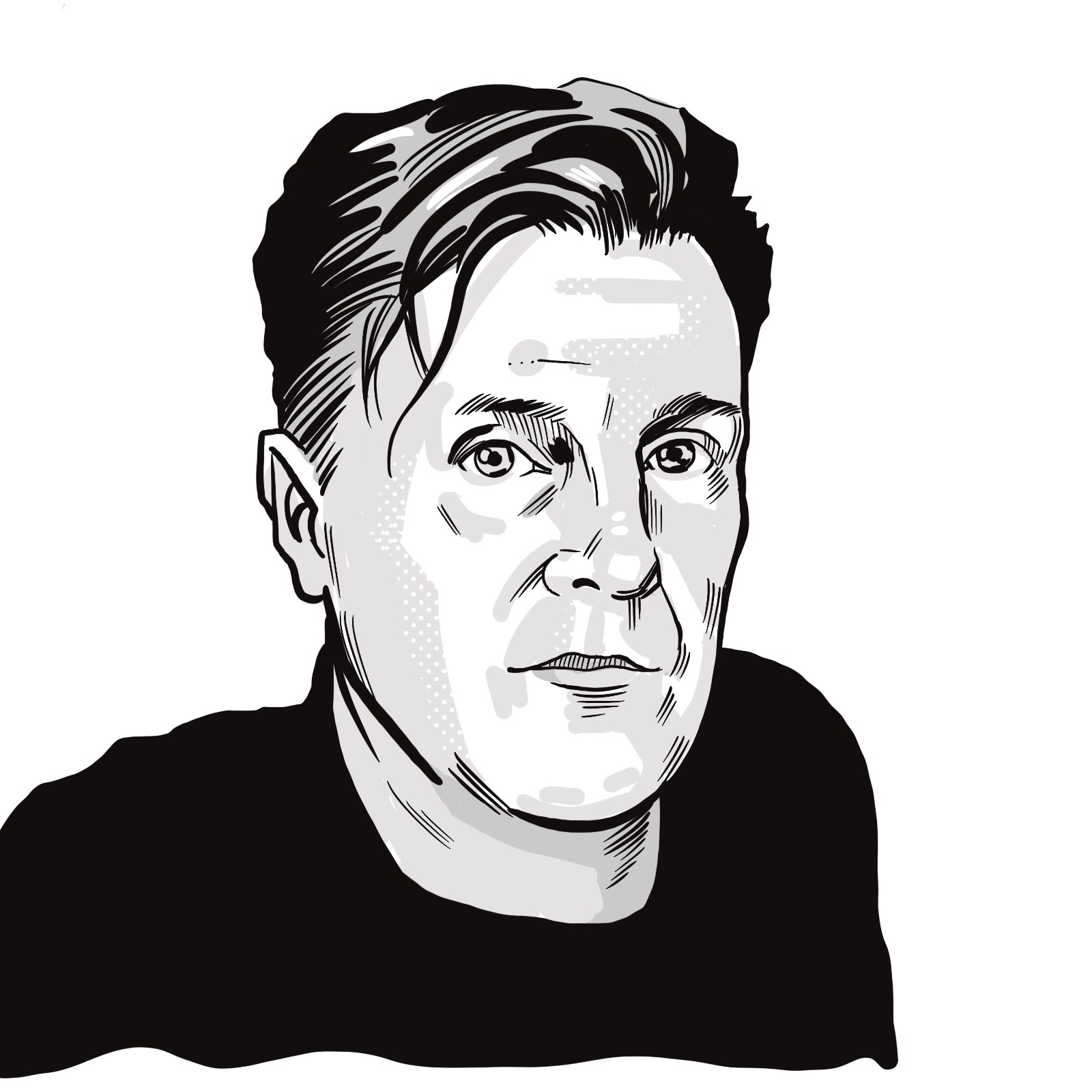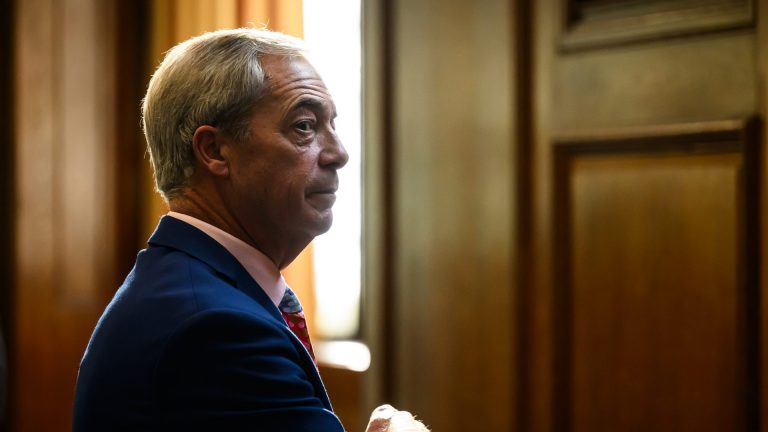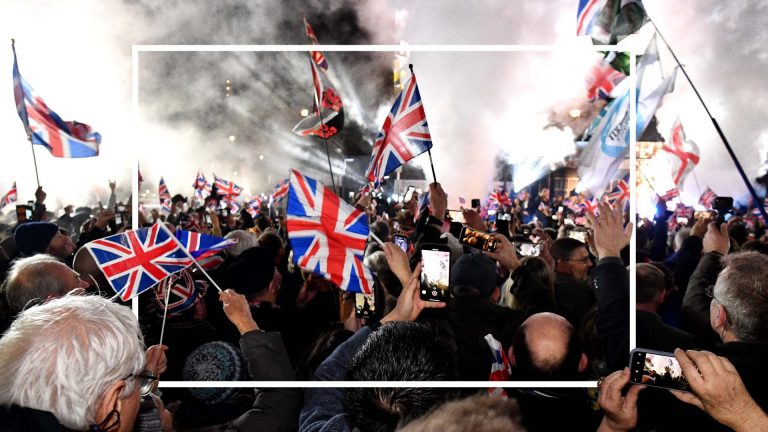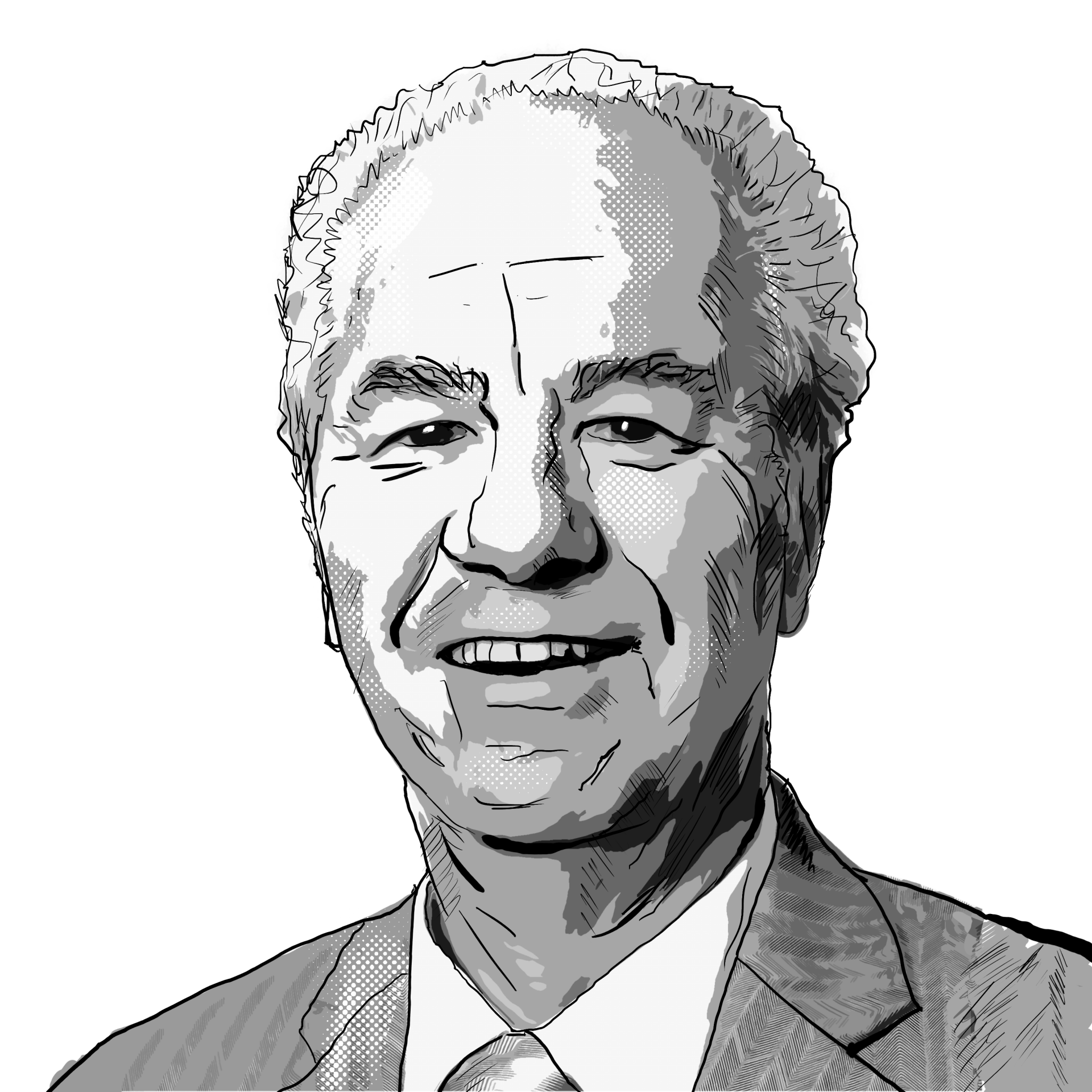1. The growth in scale of the annual Halloween festivities – visible everywhere from parties to decorations to social media, where some people insist on adopting “spooky” names as soon as the 1st of October – has sometimes been dismissed on these shores as yet another symptom of the Americanisation of British culture. Actually, though, there are good reasons to think that we started it.
2. Halloween has its origins in the Celtic festival of Samhain – pronounced somewhere between “SAH-win” and “sown” – which marked the arrival of the new year on what we call 1 November. The date, marking the end of the harvest and the start of winter, was thought to be the moment when the boundary between this world and the next was at its thinnest. Living celebrants would wear costumes to disguise themselves from the souls of the dead who could then walk the Earth.
3. The festivities also involved lighting bonfires, to give thanks for the harvest and ward off evil spirits. This ritual survived in some highland parts of Scotland, Wales and Brittany until the 19th century, with stones placed in the fire to represent everyone present. Were any found to be missing the next day, it was assumed that one of the party would die within the next 12 months – an idea that strikes me as far spookier than anything associated with Halloween today.
4. During the Roman occupation, Samnhain may have merged with a similarly-timed harvest festival to celebrate Pomona, goddess of fruit trees and plenty, in roughly the same way that the Roman midwinter festival of Saturnalia would end up subsumed by Christmas. That might explain elements like the big historic role for roasted nuts and apples…
5. …although those forms of “treat” have since been almost entirely replaced by candy. Partly this is because of a US moral panic, back in the 1970s, about the risks of taking unwrapped foods from strangers; partly it’s because of marketing. Also partly, too, it’s because, well, candy is just better, isn’t it?
6. In the 7th century, Pope Boniface IV designated the holy day of All Saints Day, and put it on 13 May. A century later Pope Gregory III moved it to 1 November, in what looks suspiciously like a shameless attempt to capitalise on the success of a popular pagan festival. The evening before became known as All Hallows’ Eve; abbreviation followed.. Today, Halloween officially marks the first of the three day Allhallowtide observance, dedicated to remembering the dead.
7. The festival was largely suppressed in lowland Britain after the famously fun-loving Protestants showed up to have a Reformation – but it continued to be celebrated in highland areas and, even more so, across the Irish sea. In the later 19th century, when the Great Famine caused millions to flee Ireland for the US, they took many of their Halloween customs with them, where they merged with harvest festivals. From there, via US cultural hegemony, we imported it back into Britain.
Suggested Reading
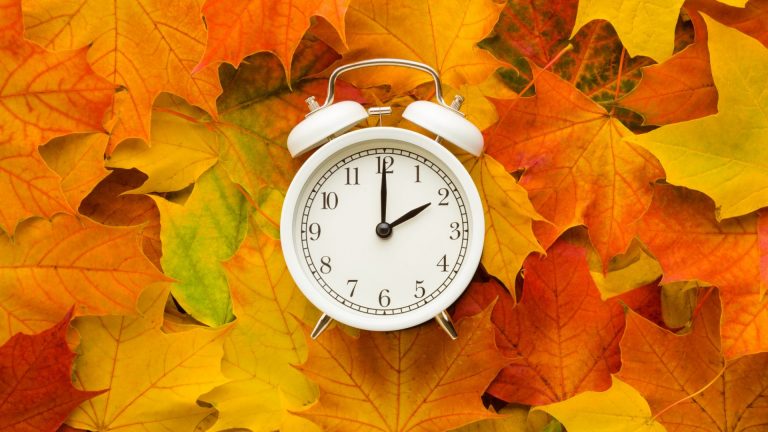
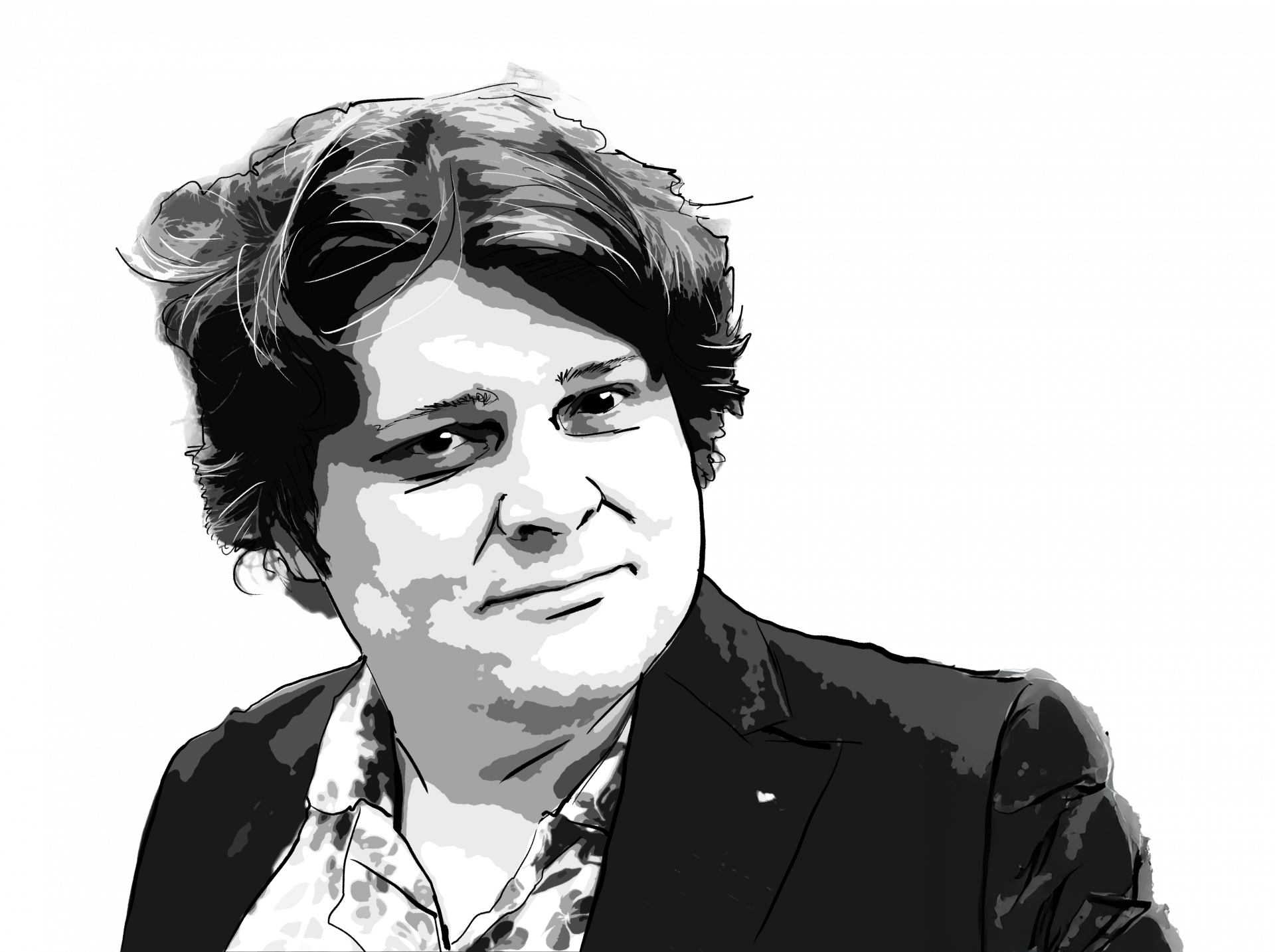
Nerd’s Eye View: 13 things you need to know about daylight saving time
8. A number of Halloween traditions can be traced all the way back to Samhain: the orange and black colour scheme (representing harvest and death respectively), the candles (replacing the bonfires), the bats (attracted by the insects who were attracted by the bonfires, and thus ending up as a symbol of death, all because they fancied a snack; poor bats).
9. The tradition of bobbing for apples may date to a courting ritual that was part of the festival of Pomona – apparently young couples can predict their future entanglements based on the game; don’t ask me.
10. Jack O’Lanterns, meanwhile, stem from an Irish legend about a man named “Stingy Jack”, who trapped the Devil and released him on the condition he would never go to Hell. Alas for poor Jack, Heaven wouldn’t take him either, so he was forced to wander the Earth for eternity as a spirit with a carved-out turnip, lit by a burning lump of coal, for a lamp.
11. The ritual whose origins are hardest to pin down is trick or treating. Ideas you can find abroad like wandering spirits include the offerings of food and drink left for the dead every Samhain; a medieval ritual in which children and poor adults would collect food and money in return for prayers for the dead; a Scottish and Irish custom named “guising”, in which people dressed up and did party tricks in exchange for goodies; or a German-American tradition named “belsnickeling”, in which costumed children would be rewarded if no one could work out who they were. Take your pick.
12. Lastly, the link between black cats and all things spooky dates to the Middle Ages when they were seen as a symbol of the Devil, or the earthly form of witches’ supernatural “familiars”. Although such superstitions are likely not the only reason – the RSPCA has cited the fact they’re less photogenic in the age of Instagram, not to mention literally harder to spot in shelters, as factors – animal charities report that black cats remain both the least adopted, and the most euthanised, variety of cat to this day. Aww.
Total projected UK Halloween spending this year: £537 million (just under £8 per head)
Total projected US Halloween spending this year: $13.1 billion (just under $39 per head)
Most popular 2025 costumes for adults*: Witch, vampire, pirate, cat, batman
Most popular 2025 costumes for kids*: Spider-Man, princess, witch, ghost, superhero
Most popular 2025 costumes for pets*: Pumpkin, hot dog, bumblebee, superhero, ghost
A selection of people responsible for Halloween who aren’t simply “Americans”: Druids, Romans, Catholics, Scottish people, Irish people, confectionery companies
*According to the US National Retail Federation.

